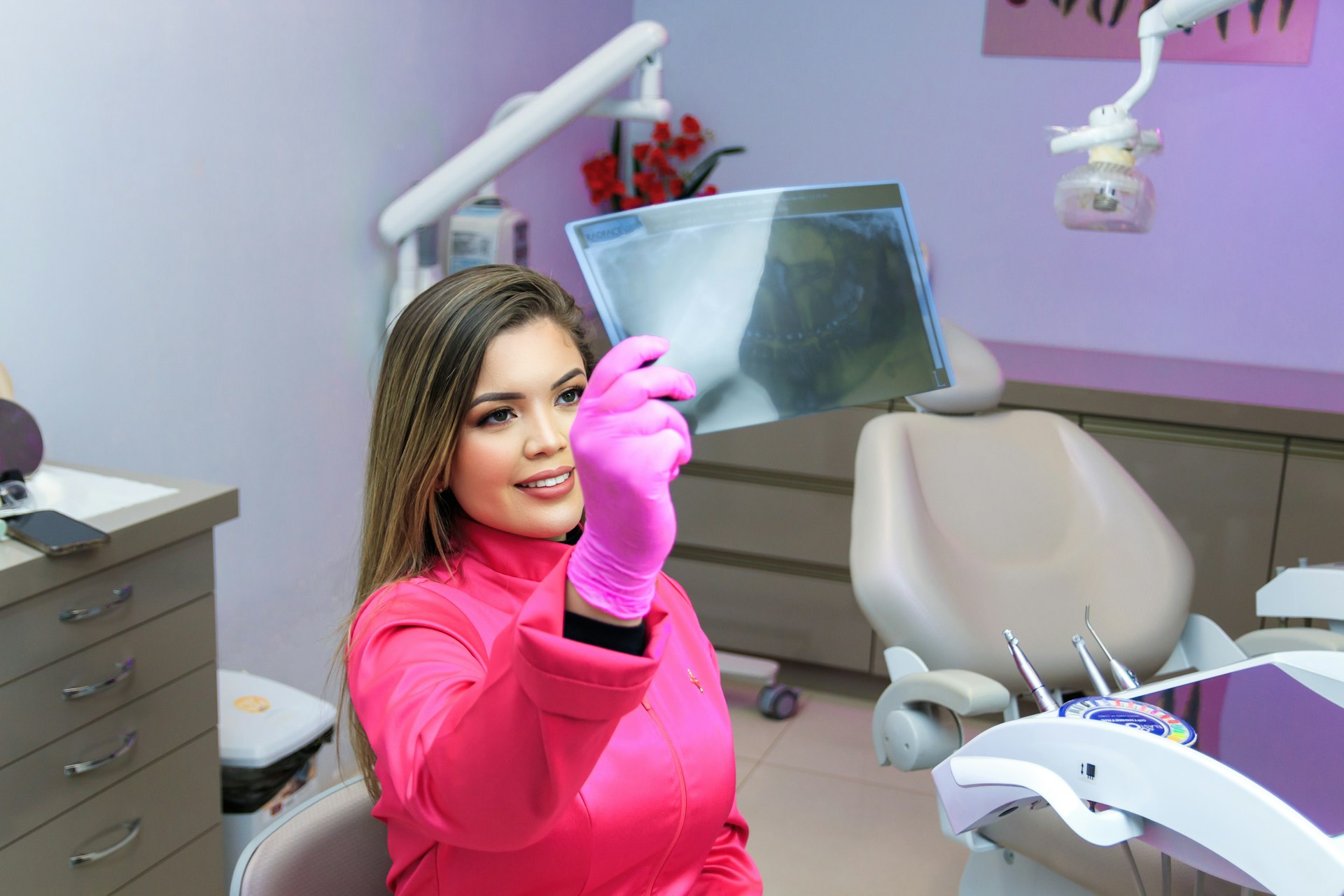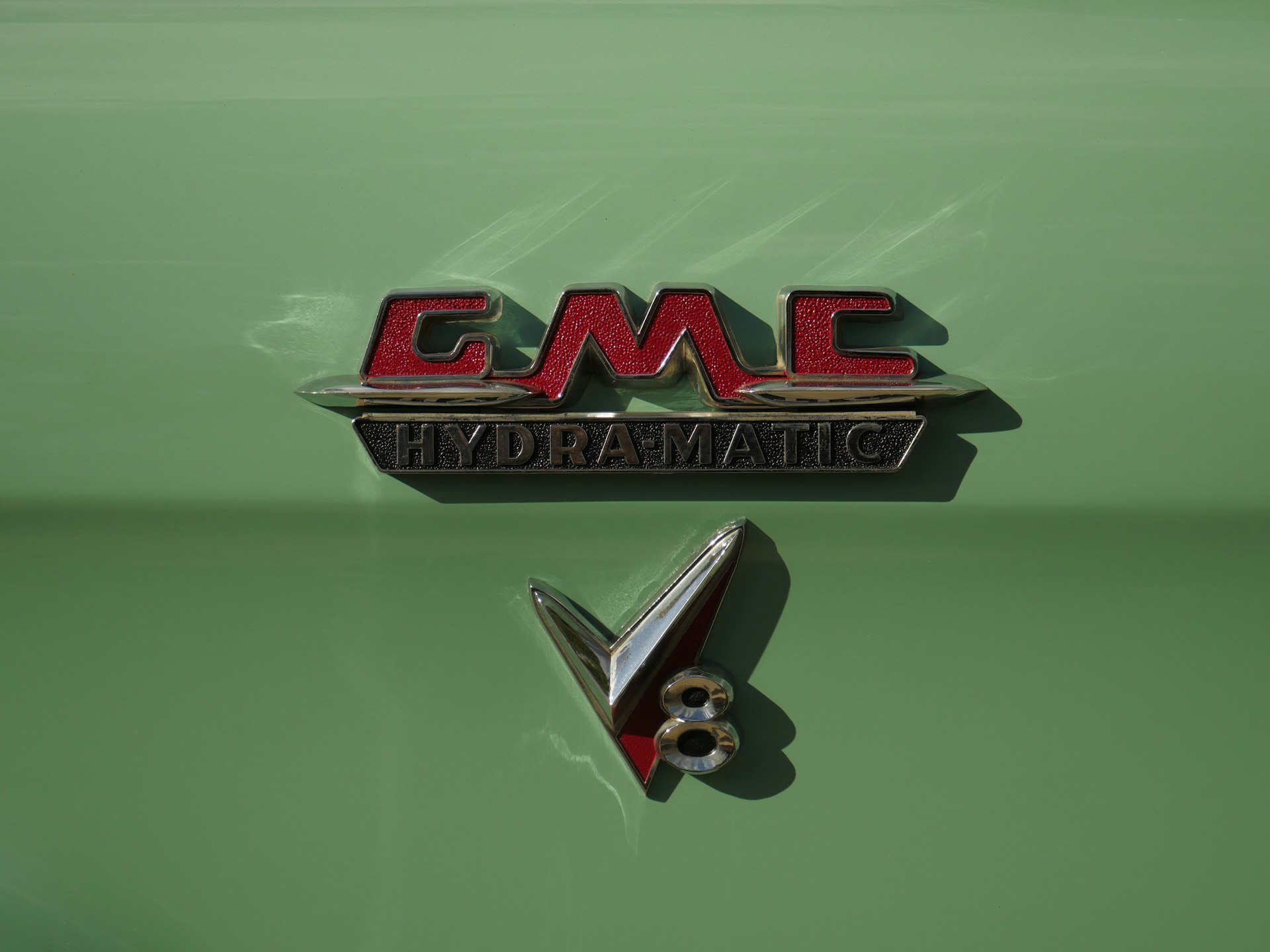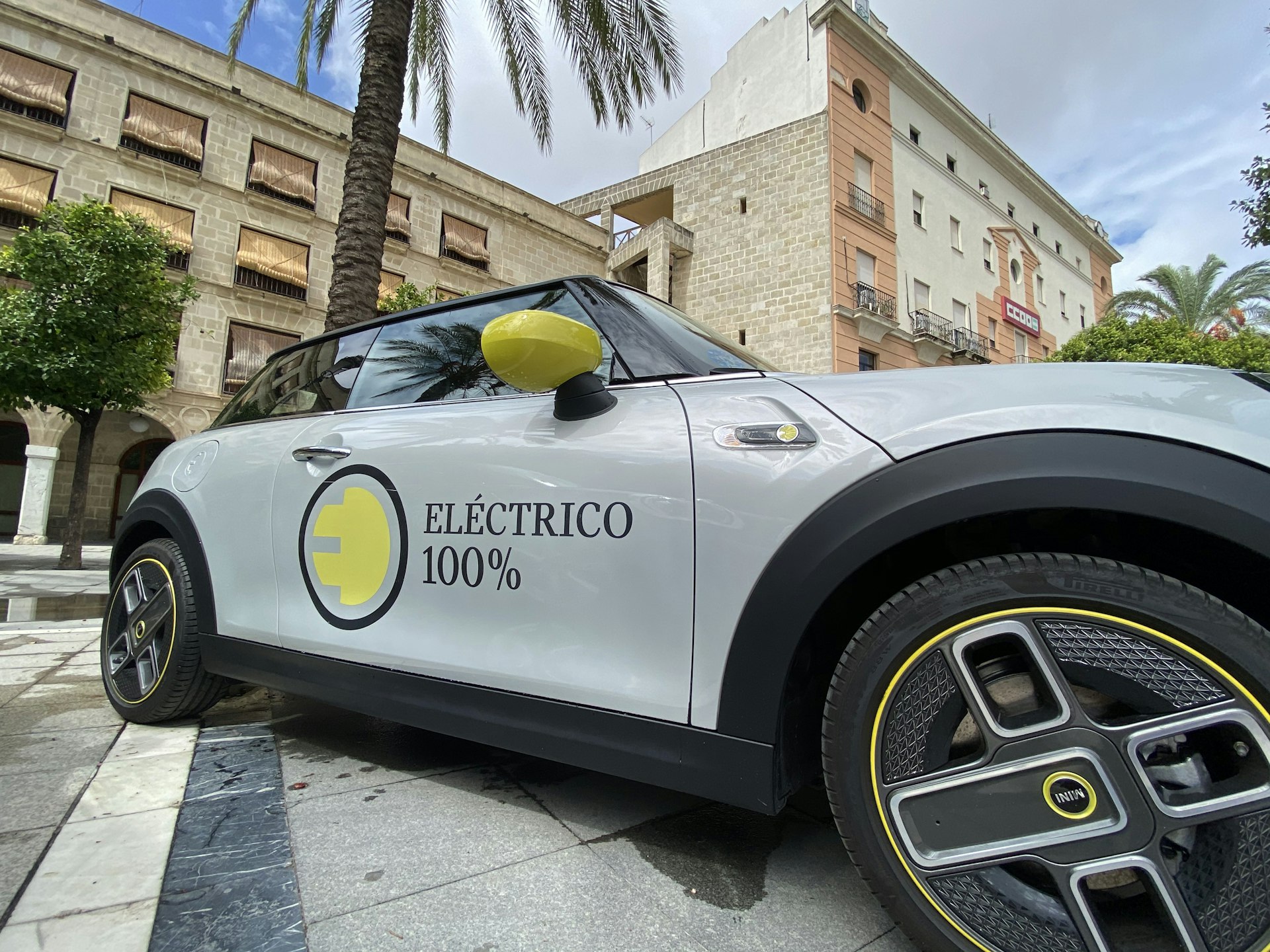How Nanotechnology Is Redefining the Future of Automotive Coatings

Photo by Rick Rothenberg on Unsplash
Introduction: The Evolution of Automotive Coatings
The automotive industry has always sought ways to enhance vehicle longevity and appearance. In recent years, nanotechnology has emerged as a transformative force, delivering significant advancements in surface protection, environmental sustainability, and vehicle performance. This article explores the latest trends and the future of nanotechnology in automotive coatings, providing actionable guidance for consumers and industry professionals alike.
The Science Behind Nanotechnology in Automotive Coatings
Nanotechnology involves manipulating materials at the molecular or atomic scale-dimensions typically below 100 nanometers. In automotive coatings, this means using extremely small particles to alter surface properties, leading to superior performance compared to traditional paints or sealants. Nanocoatings can include ceramic particles, graphene, silica nanoparticles, and advanced polymers that bond directly to the vehicle’s surface, creating a highly resilient barrier [5] .
Key Advancements and Benefits
1. Enhanced Durability and Longevity
Modern nanocoatings, especially those based on ceramics and graphene, are engineered for robust protection. They form a dense, molecular-level network that shields the paint from UV rays, bird droppings, acid rain, and road grime. Recent innovations have extended the lifespan of these coatings, with some formulations lasting up to 10 years, reducing the need for frequent reapplication and lowering long-term maintenance costs [1] [3] .
2. Self-Healing and Smart Coatings
One of the most exciting trends is the advent of self-healing nanopolymers . These coatings can repair minor scratches or swirl marks when triggered by heat or sunlight, preserving the car’s glossy finish without manual intervention. This innovation, already entering the market, is especially valuable for daily drivers and high-end vehicles seeking showroom-quality aesthetics over time [2] [3] .
3. Eco-Friendly and Sustainable Solutions
Environmental regulations and consumer preferences have driven the industry toward eco-friendly nanocoatings . Manufacturers are developing water-based, low-VOC (volatile organic compound) formulations and adopting greener production methods. These coatings reduce air pollution, improve workplace safety, and support sustainability goals, all while maintaining protective performance [1] [2] .
4. Improved Vehicle Efficiency
By reducing surface friction, some nano-coatings can increase a vehicle’s aerodynamic efficiency . This can lead to improved fuel economy for combustion vehicles and extended battery life for electric vehicles. While the effect may be modest, it highlights how nanotechnology contributes to broader efficiency and sustainability efforts in the automotive sector [4] .
Real-World Applications and Case Studies
Advanced Ceramic and Graphene Coatings
Leading detailing shops and manufacturers now offer advanced ceramic and graphene-based coatings, which provide a glossy, hydrophobic shield that repels water and contaminants. For example, the latest generation of ceramic coatings-sometimes marketed as “Ceramic 3.0”-claims up to a decade of protection and easier maintenance for both consumer and commercial vehicles [3] .
Self-Healing Paint Protection Films
Some paint protection films (PPFs) now incorporate self-healing nanotechnology, allowing them to automatically repair surface-level damage. This technology is especially popular for high-end vehicles and those exposed to harsh conditions, as it preserves the finish with minimal intervention [3] .
Industry-Wide Adoption and Innovations
Major automotive events, such as Automechanika Frankfurt, have showcased innovations in nano-coatings, highlighting industry commitment to advancing performance and eco-friendliness. Companies like Nasiol are at the forefront, continually introducing new products and collaborating with automakers to integrate nano-coatings into manufacturing and aftermarket processes [4] .
How to Access and Implement Nanotechnology in Automotive Coatings
For Consumers
If you wish to protect your vehicle with nanotechnology-based coatings, you can:
- Contact reputable local or national auto detailing shops. Many now offer advanced ceramic, graphene, or nano-coating packages. Ask about the product’s expected lifespan, warranty terms, and any maintenance recommendations.
- Research product reviews on established automotive forums and professional detailing websites. Look for verified user feedback and before/after results.
- For DIY applications, select products from established brands that provide clear instructions and support. Ensure your workspace is well-ventilated and follow all safety guidelines.
It’s recommended to search for “nano ceramic car coating near me” or “graphene automotive coating specialists” to find certified installers in your area. You can also consult vehicle manufacturer forums for recommendations on compatible products.
For Industry Professionals
Automotive manufacturers, dealerships, and detailing businesses can:
- Partner with leading nano-coating suppliers who offer technical support, training, and certification programs for staff. This helps ensure correct application and customer satisfaction.
- Stay updated on regulatory standards for VOCs and environmental compliance by consulting industry publications and participating in trade events, such as those organized by Automechanika or the Society of Automotive Engineers.
- Experiment with hybrid formulations (e.g., combining ceramic and graphene) to deliver differentiated offerings and extend protection intervals for clients.
For the latest trends and supplier contacts, professionals may consult industry news platforms or attend international trade shows focused on automotive coatings and nanotechnology.
Challenges and Solutions
While nanotechnology offers remarkable benefits, effective implementation requires attention to several potential challenges:
- Proper Surface Preparation: Nanocoatings require meticulous surface cleaning and preparation. Insufficient prep can result in poor adhesion and reduced durability.
- Cost Considerations: Advanced coatings and films may have higher upfront costs compared to traditional methods. However, their longevity can offset these expenses over time. Consumers are advised to compare long-term benefits and warranties.
- Skill and Application: Professional application is often recommended to achieve optimal results. For DIY users, closely follow manufacturer instructions and consider starting with smaller or less visible vehicle areas first.
Alternative Approaches and Future Outlook
Besides ceramic and graphene-based coatings, the future may bring further advances, such as:
- Bio-based nanocoatings that use plant-derived materials for even greener solutions.
- Smart coatings that respond to environmental changes, such as humidity or temperature, to enhance protection or self-cleaning functions.
- Integration with vehicle electronics for real-time monitoring of coating performance and maintenance needs.
Researchers and startups continue to push the boundaries of what nanotechnology can deliver for automotive coatings, promising even greater durability, ease of maintenance, and environmental compatibility in the years ahead [5] .
Step-by-Step Guidance for Accessing the Latest Nanotechnology Coatings
- Identify your primary goals: Do you want maximum protection, self-healing, or eco-friendly features? Make a list of your priorities.
- Research certified installers or suppliers: Use search terms like “nano ceramic coating certified installer” or “graphene car coating reviews” to find reliable businesses or products.
- Request detailed product information: Ask about the type of nanotechnology used, expected durability, environmental certifications, and available warranties.
- Prepare your vehicle: Ensure the surface is professionally cleaned and prepped for best results, whether you choose DIY or professional application.
- Maintain according to recommendations: Follow maintenance schedules for washing and reapplication to maximize the coating’s benefits.
If you need regulatory information or want to ensure products meet current environmental standards, you can consult the U.S. Environmental Protection Agency (EPA) website or search for “EPA guidance on automotive coatings.” For updates on the latest nanotechnology trends, industry professionals can attend trade shows or subscribe to sector publications.

Photo by P. L. on Unsplash
References
- [1] Ultimate Film Solutions (2025). Top Trends in Ceramic Coating for Cars: What to Expect in 2025.
- [2] SAR Coatings (2025). Top Industrial Coating Trends in 2025.
- [3] Sin City Detailing (2025). What’s New in 2025: Auto Detailing Trends That’ll Keep Your Car Looking Flawless.
- [4] Nasiol (2024). The Future of Nano Coatings: Insights from Automechanika Frankfurt.
- [5] StartUs Insights (2025). Future of Nanotechnology & 10 Emerging Trends.
MORE FROM promospotlight.com













